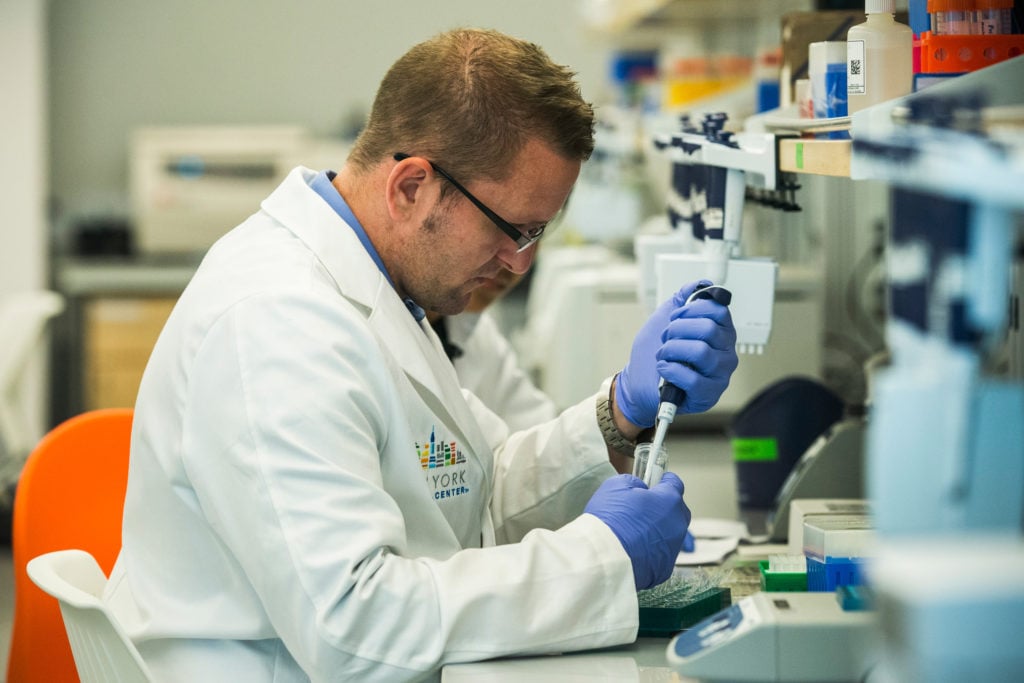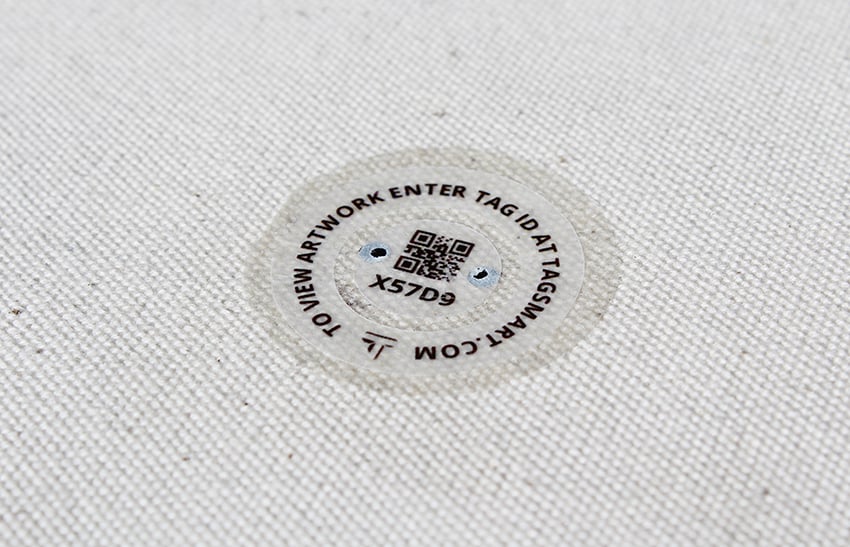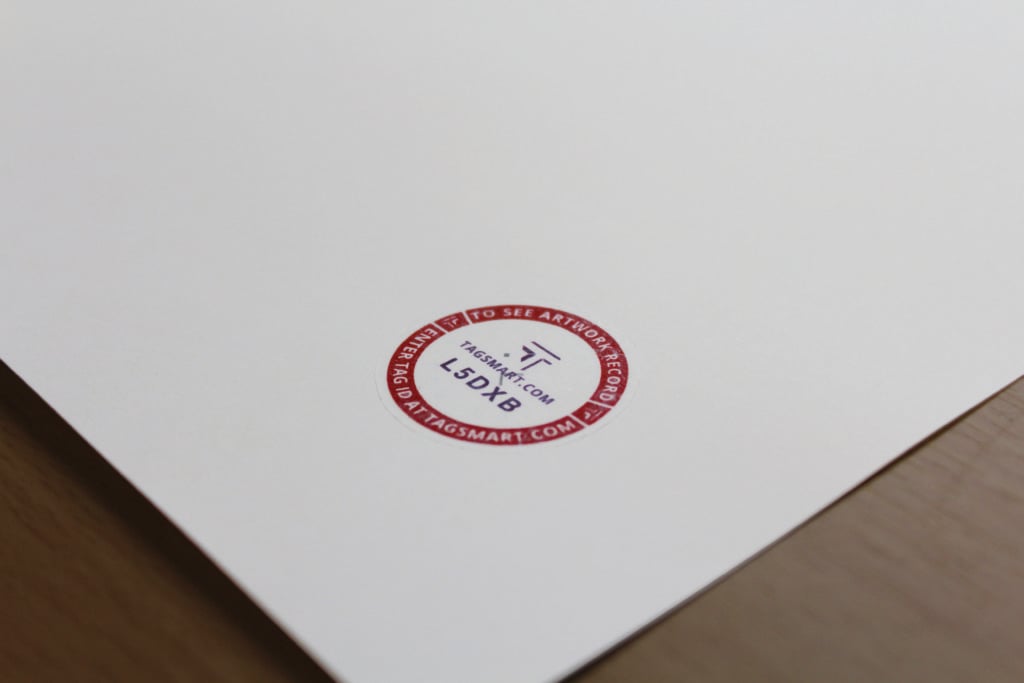Art World
Injecting Your Painting With Synthetic DNA Could End Art Forgery as We Know It
One company thinks it has found a solution.

One company thinks it has found a solution.

Henri Neuendorf

Watch out, art forgers: one company has released a tool that it claims could put an end to authenticity disputes for good.
Over the past several years, institutions in both the US and the UK have been trying to figure out how to use DNA to solve the art world’s forgery problem. The objective: to develop a tamper-proof label or tag with a unique DNA signature that artists can apply to their work before it leaves the studio.
Now, the London-based startup Tagsmart has become the first to cross the finish line and put a product on the market. Last month, the joint venture between leading frame maker Mark Darbyshire and software developer Steve Cooke launched its first synthetic DNA tag for canvas. (The company previously launched tags for paper and aluminum—but since painting is both the most expensive and most-faked medium, the new product is likely to become its signature.)
“The key difference is that it’s not human or genomic DNA, it’s synthetic,” Tagsmart CEO Lawrence Merritt told artnet News. In other words, the tag doesn’t include microscopic stands of the artist’s personal DNA, but rather DNA developed in a lab. “The reason why we manufactured it is because it needs to stand the test of time. It’s purpose is to act as one of the many security layers we have that makes it virtually impossible for anyone to reverse-engineer our tag.” Another security layer: if the tag is tampered with, it will become ineffective.

The smart tags include over 20 security features. Photo: courtesy of Tagsmart.
The tags, which range from 32–38 mm in size, are backed up by a digital database and a certificate of authenticity generator. While the primary purpose of the label is to forensically authenticate an artwork, the little sticker also contains a digitally accessible provenance record to guard against theft. (If you think a work might be stolen, just enter the five-digit code on Tagsmart’s website to check and confirm the work’s ownership history.)
The system is affordable. Prices range from £20 ($25.87) for a work-on-paper tag to £60 ($77.60) for an aluminum tag to £120 ($155.20) for the new canvas tag.
Early adopters of the cutting-edge technology include artists Gary Hume, Marc Quinn, and Mat Collishaw. Other artists such as Chuck Close and Eric Fischl have also expressed their support for DNA authentication. “Artists love what we’re doing,” Merritt continued. “We’re helping them shield their copyright, shield their identity, protect their reputation and secure their market value.”
Research into DNA-based art authentication systems has been ongoing for several years—spearheaded by insurance company Aris and scientists at the University of Albany—but most of these initiatives have not yet translated into a marketable product.

Tags are available for paper, aluminum, and canvas works. Photo: courtesy of Tagsmart.
“With the swift application of a tag I can certify my works and disown forgeries wherever they appear,” Collishaw, a member of the British YBA movement, said in a statement. “My collectors now know they can purchase my works with absolute certainty that it has come directly from my studio.”
But in order to truly be effective, the service will have to be widely adopted—and many artists and collectors remain skeptical. Merritt said: “If you care more about keeping things the way that they are, keeping a more opaque market, which is historically what the art world has been, then we’re encountering a lot of resistance.”